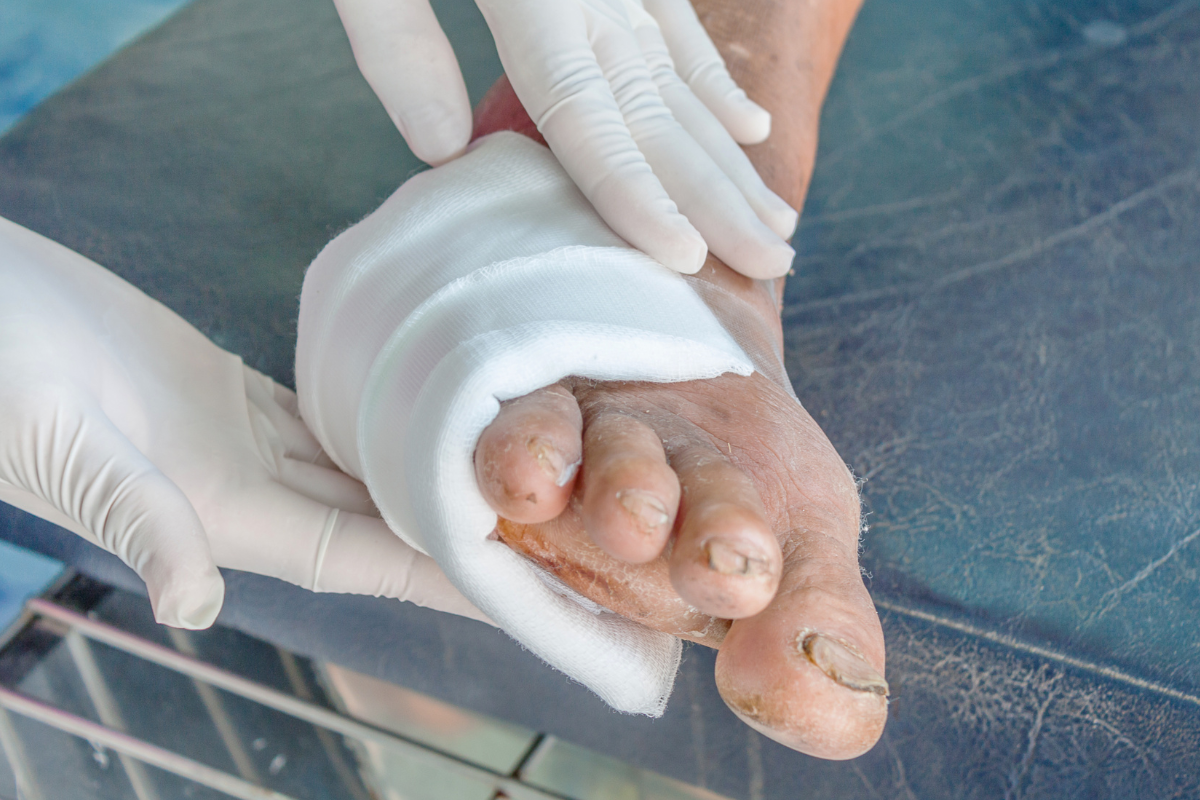One of the biggest challenges for diabetes patients is wounds related to the disease. Proper management of diabetes and extra care is needed to avoid having such issues. However, patients who already have wounds need proper wound care to prevent them from aggravating.
While diabetic wounds in themselves can be tough to handle, having them located on the foot can make it a little more taxing, as it hinders the patient’s daily movement and overall mobility. Again, the best way to manage this issue is to properly care for the wound.
If you are experiencing diabetic foot wounds and you have always had your dressing changed by another person, you might be looking for tips on how to do it yourself. Here’s what you need to know.
How to Change the Dressing of Your Diabetic Foot Wound
- Carefully Remove the Old Dressing
The first thing you need to do is to remove the existing dressing. If the wound is pretty dry, then this should not be a big problem. However, if it was wet, then you might feel a bit of pain, especially if the wound dressing was not properly placed and is in contact with the wet wound.
Make sure to remove it carefully to avoid opening up the wound or damaging it further. Having saline on hand can help loosen the stuck material.
- Inspect and Clean the Wound
After removing the old dressing, it is time to clean the wound. Make sure that your hands are clean before doing so to avoid infecting it.
To clean, just use the cleaning solution provided by your wound care professional. If you do not have this, then you can use water or saline solution for cleaning. The trick is to clean from the center toward the outside and avoid going back to areas you have already cleaned.
Make sure to remove any loose tissue or remaining dressing. Then, use a towel with water to clean off the remaining solution. Dry the wound using a dry towel.
You should also take this as a chance to inspect the wound to see if it is a draining or a non-draining one, or if it is deep or shallow. This can help determine what you should do next.

- Dress and Pack the Wound
For non-draining, shallow wounds, the next step is to apply primary dressings such as hydrogel. These can do without a secondary dressing. However, draining deep wounds need some packing on top of the primary dressing before the secondary dressing.
The key is knowing what to do depending on the type of wound you have. If you are not sure what to do, make sure to ask your wound care professional if it is safe to change the dressing yourself. Then, you can get proper, specific instructions on how to proceed.
The Bottom Line
Taking care of a diabetic foot wound can be difficult, especially if you have no prior experience. With this guide, you can take the right step toward doing it yourself, but make sure that you have a go signal from your doctor.





